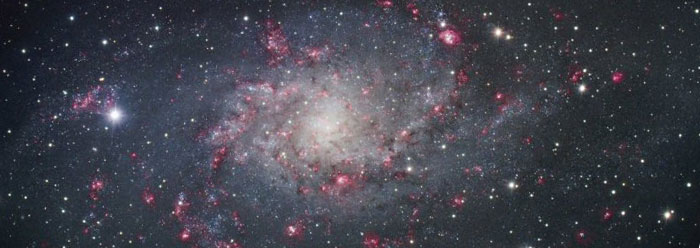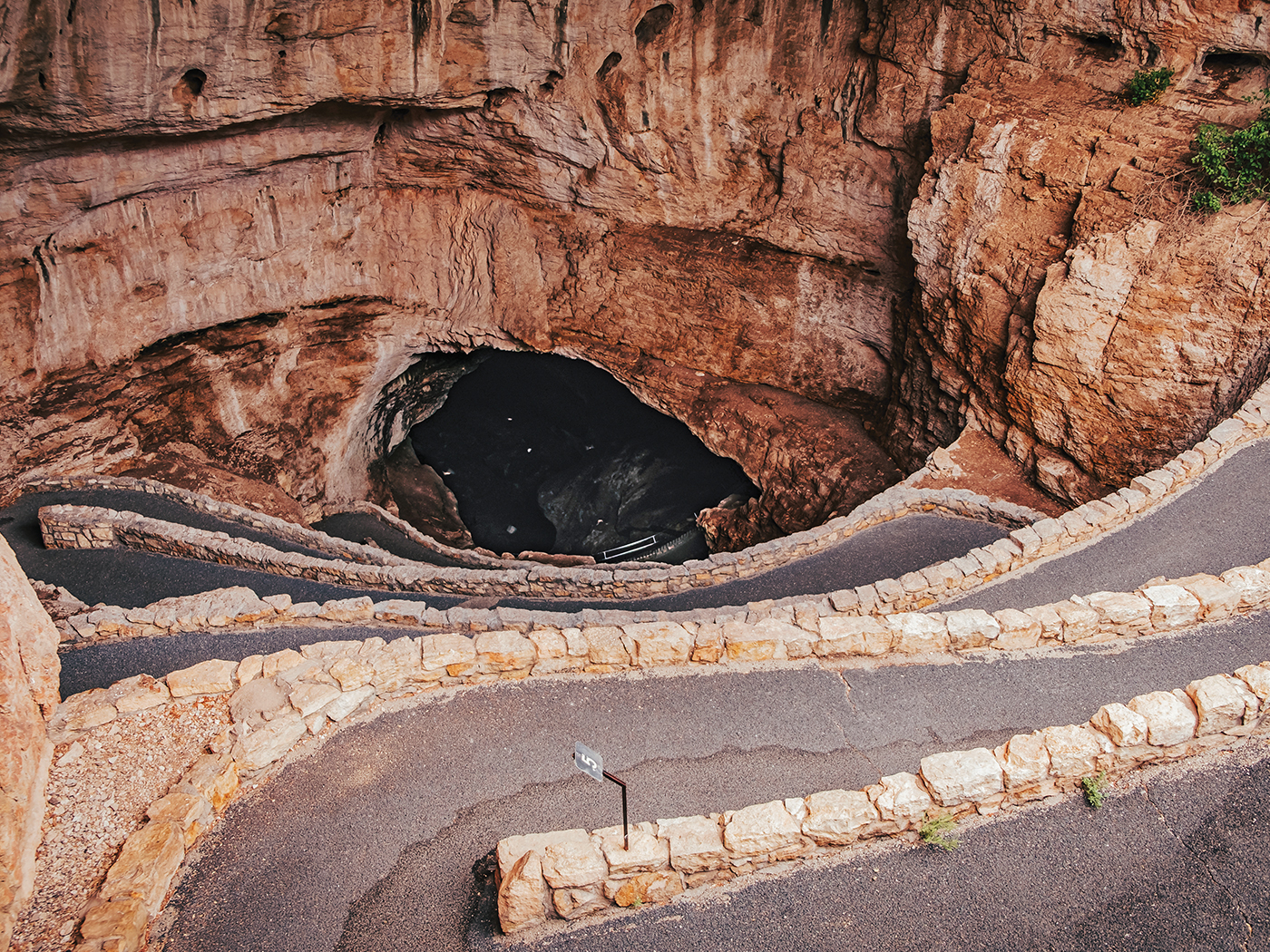During the Radioisotopes and the Age of the Earth (RATE) project, Andrew Snelling discovered evidence for a young earth and accelerated nuclear decay based on the presence of polonium radiohalos near uranium radiohalos in the black mineral biotite, which is part of granite. Mark Armitage conducted most of the laboratory work that led to this discovery. Snelling explained the displacement of the polonium radiohalos from nearby uranium radiohalos by the transport of uranium decay products in hot water flowing through layers of atoms in the biotite. Time constraints on the decay of polonium led to estimates for the age of the granites at thousands, not the conventional billions, of years.
Simultaneously during the RATE project, John Baumgardner discovered that diamonds contain measurable concentrations of carbon-14 that date them at less than 50,000 years, assuming conventional concentrations of atmospheric carbon-14 when they were formed. The question naturally arose--what was the source of the carbon-14?
Armitage had earlier observed that some diamonds occasionally contained radiohalos and what looked like twisted crystalline tubes in their interior. Armitage and Snelling decided to conduct a search for diamonds from different sources, to hopefully explain the origin of the radiohalos and evaluate their significance. They found no radiohalos in African diamonds, but did find them in several others, including a Brazilian diamond. They also found large numbers of various inclusions (including possible zircons) and etch trails, darkened linear features, and twisted tubes. These features seem to be explainable by processes occurring at the intersection of cleavage planes that are present in diamonds due to their crystalline structure.
The intact crystal structure of diamonds, without clearly developed fracture surfaces along cleavages, would not seem to be capable of providing open avenues for fluid infiltration for ambient temperatures at the surface of the earth. However, for temperatures of 300-400°C at which magmatic and hydrothermal fluids might have been available to infiltrate the diamonds, the heat would likely have expanded the crystal structure, thus opening cleavage planes to provide necessary pathways. Given that the diamond crystal structure is normally tight (closepacked), if the cleavages within it are opened by heat and fluid pressure, the easiest, most open pathways for fluids to infiltrate would be at the linear intersections of the cleavage planes. Because there are essentially five cleavage planes in diamonds, the lines of intersection between them run in numerous directions, accounting for the twisted tubes.
It is likely that uranium-238 and its decay products infiltrated the diamonds from surrounding materials during and after their ascent to the earth's upper crust. Temperatures there would have been cooler than the 1100-2900°C in the mantle, where diamonds are believed to have formed. While kimberlite and lamproite magmas that commonly transport diamonds to the surface are rich with volitiles like CO2, they contain very little water and so produce dry volcanic eruptions. Since water is the likely transporter of uranium-238 and its decay products, the infiltration of water transporting them to form the radiohalos in diamonds would need to occur after the emplacement of the host kimberlite or lamproite at or near the earth's surface.
It appears that Armitage's observations of etch trails, darkened linear features, and twisted tubes are remnants of fluid infiltration when the hot diamonds were in contact with hydrothermal fluids near the surface of the earth. The fluid infiltration process to generate the polonium radiohalos places significant time limits on this process, on the order of hours or weeks. This is consistent with the evidence for rapid speed (within hours) at which diamond-bearing kimberlite pipes were explosively emplaced. Once emplaced, complete cooling of the fragmented congealing kimberlite magma is also rapid (within days or weeks) at the surface. So, in addition to the evidence for a young earth from the carbon-14 found in diamonds, we now also seem to have evidence that the dynamic process of radiohalo formation in diamonds occurred during a very short period of time as well.
Armitage and Snelling will present these exciting results in their paper "Radiohalos and Diamonds: Are Diamonds Really Forever?" at the 6th International Conference on Creationism in Pittsburgh, Pennsylvania, August 3-7, 2008.
* Dr. Vardiman is Director of Research.
Cite this article: Vardiman, L. 2008. Diamonds May Be a Creationist's Best Friend. Acts & Facts. 37 (6): 6.



















